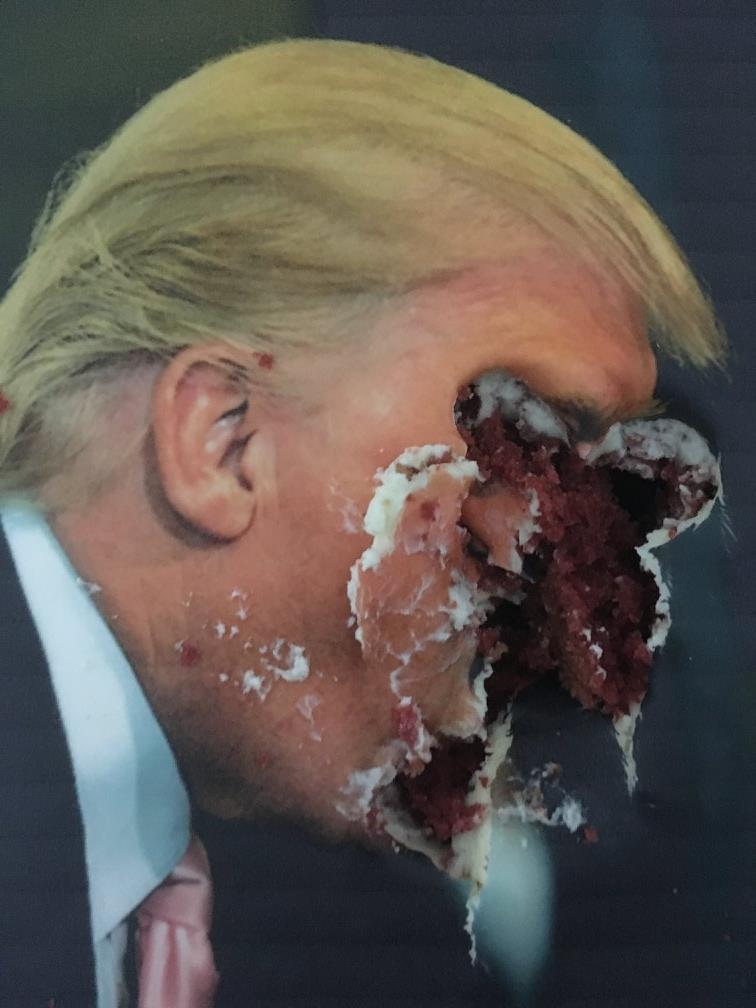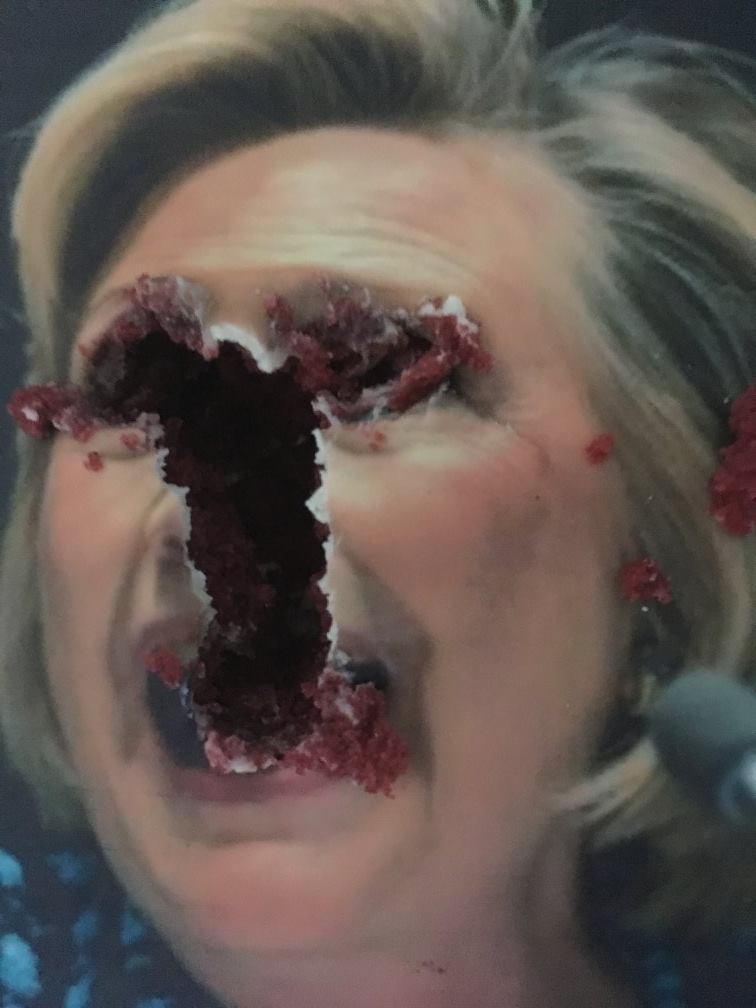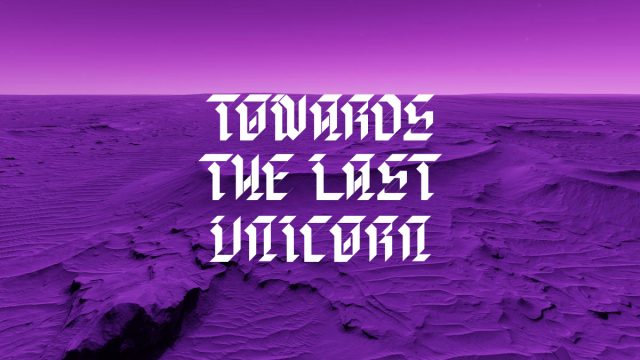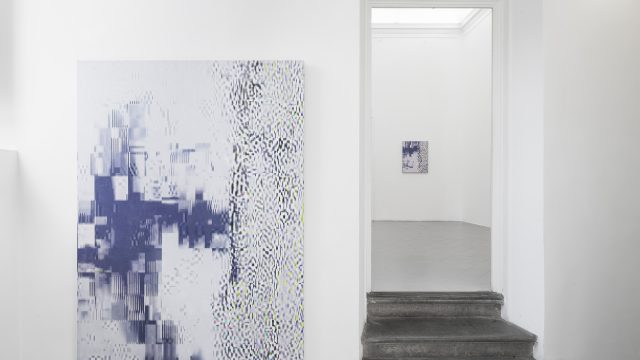Artists: Brad Feuerhelm, Jeroen Jongeleen, Doug Rickard & Roopa Vasudevan
Roopa Vasudevan, ‘#Bellwether’
‘#Bellwether is a data collection project that examines the language surrounding American electoral politics. It examines social media data, and asks whether or not we can use it in order to extract a more nuanced or accurate read on the political desires of the voting population of Ohio, a state that is regarded as vital to the endgame of both parties, but whose citizens are often treated as faceless, nameless votes. Between August 6, 2015, and July 12, 2016, using a small computer program I wrote, I attempted to collect every tweet possible that mentioned any of 22 presidential candidates from the two major American political parties by name. The collection process started with the initial debates, and ran up until just before the nomination conventions. I then filtered down the data collected to focus solely on tweets that are from or are concerned with Ohio specifically. After the tweets were filtered, I ran a variety of algorithmic language analyses on the content of the postings to determine a number of things: sentiment, frequency of similar or identical posts and phrases, grammatical structure, and the like. I most commonly used something called «regular expressions», which are text-matching patterns that look for specific words or phrases within the data.’
Project Statement by Roopa Vasudevan


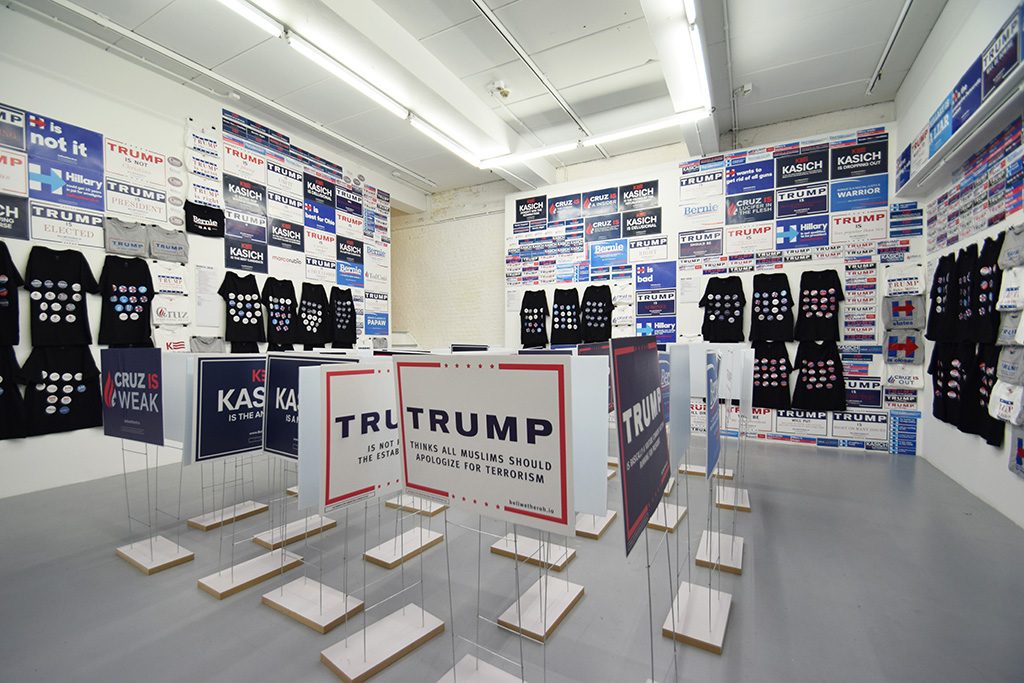
Doug Rickard, ‘National Anthem’
“In the preface of National Anthem Doug Rickard quotes Walt Whitman; in the coda he quotes Woodie Guthrie. Following the preface, an introductory text written by Annie Gårlid, remixes the lyrics of cell-phone rap videos from YouTube. Written in white letters on a black background and arranged in stanzas over two pages, the lyrics detail guns, gold teeth, bones and haunted houses. With verbal reference, the introduction makes explicit what the images that follow can only suggest, spectral aura of blighted America. What follows Gårlid’s verse is a combination of the street photography of Robert Frank and Gary Winogrand, who travelled the country to create a portrait of a lonely, harsh land with the rephotography and appropriation of Richard Prince. Rickard, though, travels the country without leaving his house. His earlier work, A New American Picture, is a collection of rephotography taken from Google Street View images of American cities like Memphis, Detroit, Fresno, New Orleans and the Bronx. Abandoned is the word typically deployed to describe these parts of America, yet the first premise of National Anthem is that the places shown are not, in fact, abandoned; they’re merely populated by people without agency, castaways from the middle and upper-class projects of narrative self-representation. The self-representations of the disenfranchised are scattered across mediums with low-publicity and low-barriers to entry, like YouTube, where they exist with a minimum of cross-reference and dialogue, connected by the whims of the algorithms that create the links between them. Rickard takes stills from YouTube, freezes them and rephotographs them. The result is remarkable, atmospheric street photography for the era where everything has already been photographed and selection rivals original documentation.”
Text by Owen Campbell (American Suburb X)
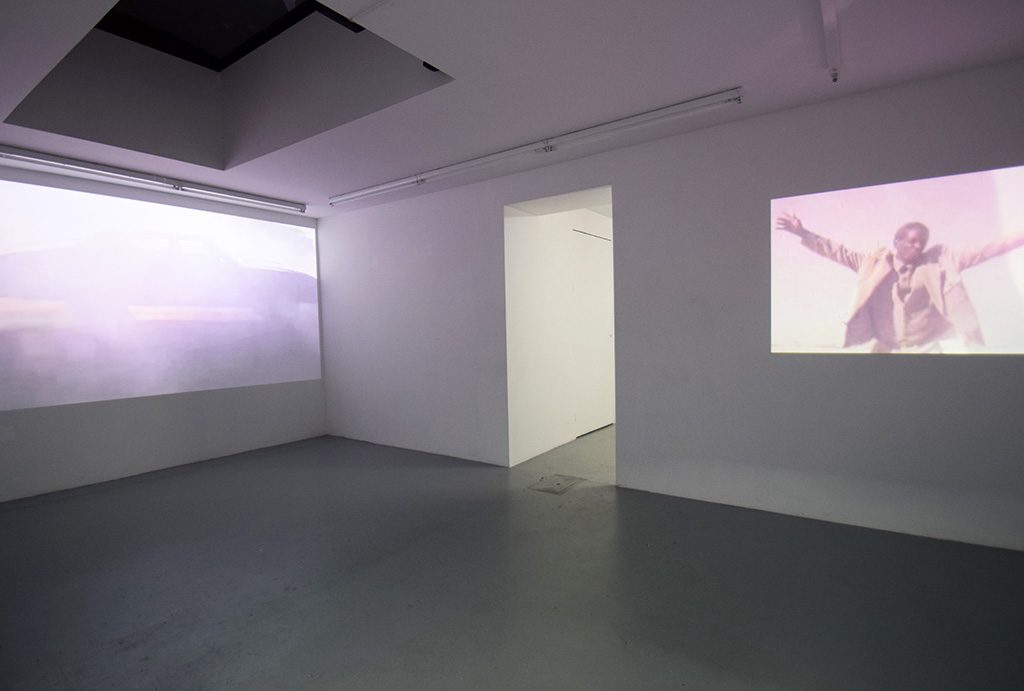
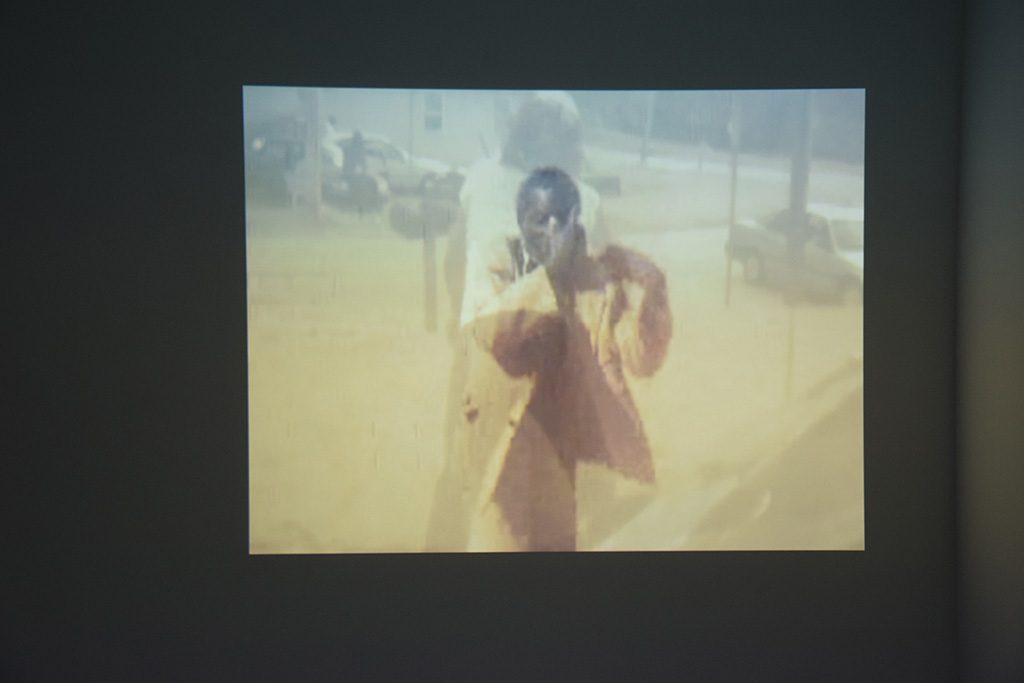
Jeroen Jongeleen, ‘Running Shapes’
The exhibition opens with work by Jeroen Jongeleen created during a residency at the Burlington City Arts (BCA) last autumn when Bernie Sanders gained momentum across the US. Sanders is the former mayor of Burlington and one of his first acts in office was to establish the all-volunteer Mayor’s Arts Councail with the mission of developing an egalitarian program, which would make the arts available to all, regardless of social, economic or physical constraints. This council directly led to the establishment of the BCA. (…)
In Vermont, Jongeleen ran alone or as the choreographer of a group in the idyllic landscape, repeating the same shapes over and over again until they were imprinted in the healthy Vermont soil. The project builds on the Jongeleen’s 2014 exhibition “Traces, Shapes, Circles, Squares” and his very literal illustration of how difficult it is to give form and weight to a great idea when he ran lines from his studio to exhibitions in Brussels and later Berlin. These works were gone before Sanders bowed out of the election. Ultimately, all that remains is the memory of the runners and images of human footsteps going around and around and around. A solo exhibition of this project is forthcoming at the gallery.
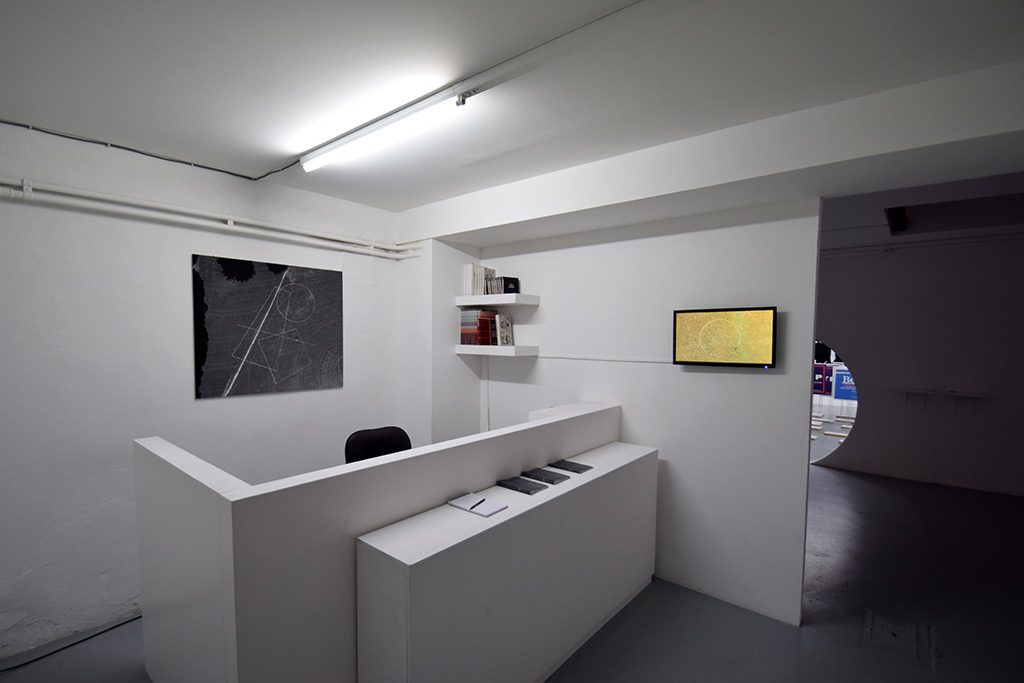

Brad Feuerhelm, ‘Good-Bye America’
Brad Feuerhelm launches his new book “Good-Bye America” at Offprint during Paris Photo 2016. Pulling images from his vast collection, for this publication he selected, smashed, scratched and inured them to reveal a wounded ideological core left to wonder if the American Dream was every anything more than slumbering optimism. The “before” shots embody freedom, liberation, and that promise that you can have it all by waving the white flag and embracing an American logic of exchange. It is a logic Feuerhelm seems to reject, and the “after” images transmit the potential tragedy of nostalgia. To launch his new publication, Feuerhelm follows the British tradition of selling Royal Cakes as collectable objects, clawing through images of the 2016 Presidential candidates to reveal the caloric and bloody layers of velvet beneath their cold faces.
